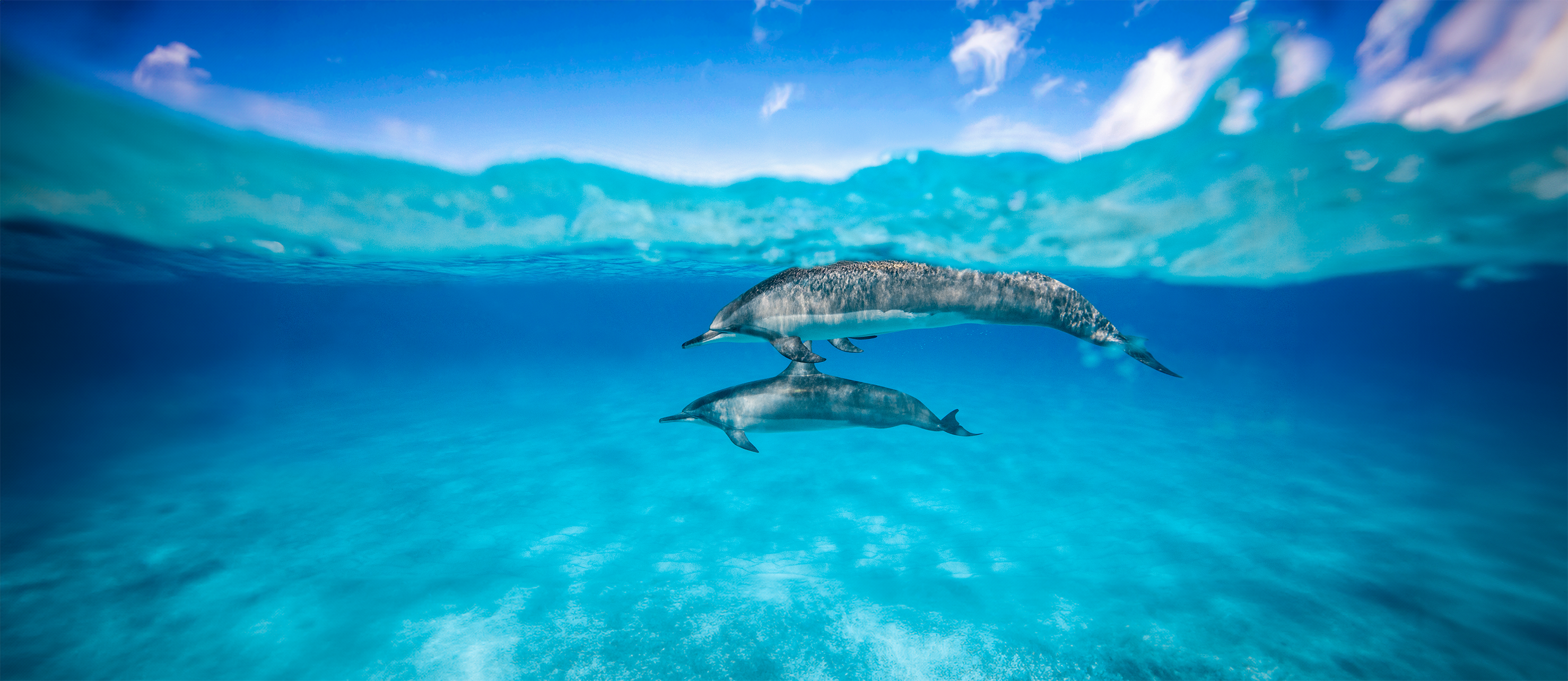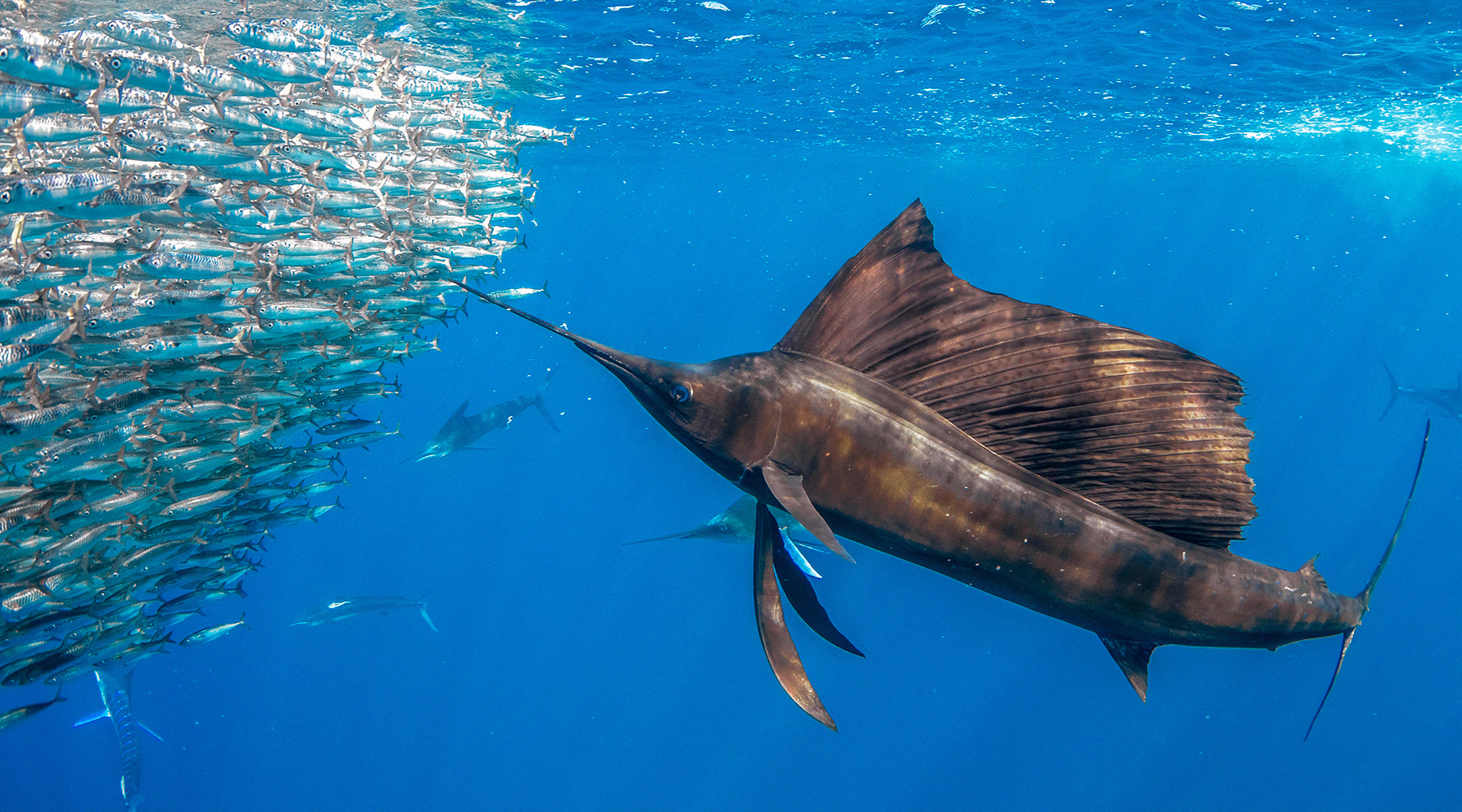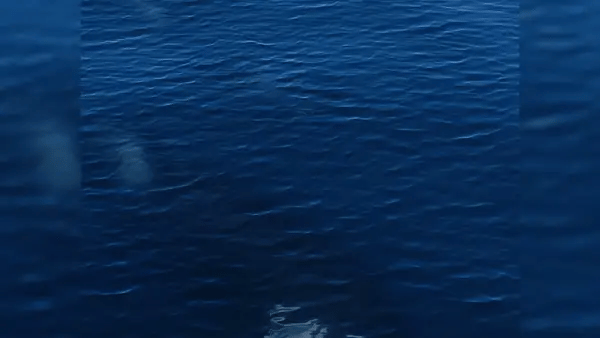7 MIN READ
01-01-2025
Dive Into the World of the Polar Bear: King of the Ice
Henry Bliss, 4ocean Story Producer
A Journey to the Arctic: Meet the Polar Bear - The King of the Ice
When you think of the Arctic, the image of a massive, white figure striding across vast icy landscapes often comes to mind. That figure is none other than the polar bear, a true symbol of the frozen north.
Polar bears are more than just beautiful creatures of the cold; they are powerful survivors in one of the harshest environments on Earth.
In this Creature of the Month feature, we dive into the world of polar bears, explore their extraordinary adaptations, and examine the challenges they face in an ever-warming world.


Bracelet of the Month:
2025 Polar Bear Bracelet
Pull 5 Pounds of Trash From The Ocean With Our Limited Edition 2024 Penguin Bracelet. Only Available December 2024!
Shop Now - Clean the OceanThe Polar Bear Family Tree
Polar bears (Ursus maritimus) belong to the bear family Ursidae, and their natural habitat stretches across the Arctic regions of North America, Greenland, Norway, and Russia. These majestic animals are perfectly adapted to life in the extreme cold of the polar ice caps, where they hunt, breed, and thrive.
As the apex predators of the Arctic, polar bears are in a class of their own.

Polar Bear (Ursus maritimus)
Habitat: Arctic ice, coastal regions, and sea ice
Size: Males can weigh up to 700 kg (1,500 lbs) and grow to 3 meters (10 feet) long. Females are smaller, typically weighing around 300–400 kg (660–880 lbs).
Diet: Primarily seals, especially ringed seals, which they hunt by waiting near breathing holes in the ice.
Behavior: Polar bears are excellent swimmers, able to cover long distances in the icy waters between ice floes. They have a keen sense of smell and are able to detect a seal from miles away. During the winter, polar bears enter hibernation, reducing their activity levels and living off fat reserves.

Polar Bear Adaptations
Polar bears have evolved several unique adaptations that allow them to thrive in the harsh Arctic environment:
Thick Fur and Fat Layer:
Their dense fur and thick layer of fat beneath the skin provide insulation against the freezing temperatures, helping them stay warm even in temperatures as low as -50°C (-58°F).
Black Skin:
Beneath their white fur, polar bears have black skin, which absorbs and retains heat from the sun, providing an added layer of warmth.
Large Paws:
Their wide paws, about the size of dinner plates, help distribute their weight and prevent them from sinking into the snow. They also serve as excellent paddles when swimming.
Keen Sense of Smell:
Polar bears have an exceptional sense of smell, which helps them detect seals from great distances, even under thick layers of snow and ice.
Sharp Claws:
Their large, sharp claws are perfect for digging through ice and snow to catch prey or create a den.

What Threatens the Polar Bear Population?
Climate Change:
The biggest threat to polar bears comes from the warming of the Arctic. As the ice melts, polar bears are forced to travel further to find food and suitable habitat. The shrinking ice makes hunting more difficult, and some bears are even forced to venture into human settlements in search of food.
Loss of Sea Ice:
Polar bears rely on sea ice as a platform for hunting seals. As ice floes melt earlier in the spring and form later in the fall, polar bears are left with less time to hunt and gather the necessary energy reserves for survival.
Pollution:
Contaminants such as heavy metals and pesticides accumulate in the Arctic ecosystem, and polar bears are at risk of these toxins entering their bodies through the food chain.
Oil and Gas Development:
The Arctic is rich in natural resources, but drilling and exploration pose a direct threat to polar bear habitats, from oil spills to disturbances caused by human activity.
Human-Wildlife Conflict:
As polar bears move into human-dominated areas due to shrinking ice, the risk of conflict with people grows. This leads to the tragic shooting of bears in some regions as they seek food in populated areas.

How Does Plastic Pollution Affect Polar Bears?
Contaminated Food Supply:
Polar bears rely on the Arctic's marine food chain, and plastic pollution is increasingly infiltrating this system. Smaller creatures such as fish and seals ingest plastic, which then accumulates up the food chain. Polar bears may ingest plastics directly or consume contaminated prey.
Habitat Degradation:
The melting sea ice, exacerbated by climate change and pollution, is rapidly destroying the natural habitat of polar bears. Loss of ice means less space for hunting and breeding, impacting the overall survival of the species.
Ingestion and Toxicity:
Like many other animals, polar bears are at risk of ingesting microplastics when they consume contaminated food, which may introduce harmful chemicals into their bodies, potentially affecting their health.

Conservation Efforts
Efforts to protect polar bears and their habitat are ongoing, and several organizations are leading the charge:
Cimate Action:
Global efforts to reduce greenhouse gas emissions and slow the pace of climate change are critical to preserving polar bear habitats.
Protected Areas:
Some Arctic regions have been designated as protected areas to prevent industrial activities like oil drilling and mining that could further disrupt polar bear habitats.
Wildlife Monitoring and Research:
Ongoing research on polar bear populations, behavior, and health helps inform conservation strategies and provides valuable data to guide protective measures.
International Agreements:
Countries within the polar bear's range have signed international agreements, such as the Agreement on the Conservation of Polar Bears, to ensure coordinated efforts in protecting the species.

All Call to Action
Polar bears are truly icons of the Arctic, but their survival is increasingly uncertain as climate change continues to take its toll on their environment. To protect these magnificent creatures, we must take collective action to combat climate change, reduce pollution, and protect the Arctic's fragile ecosystems.
By supporting conservation initiatives, reducing our carbon footprints, and advocating for the protection of the Arctic, we can help ensure that polar bears continue to roam the icy landscapes of the north for generations to come.
Let’s work together to safeguard these majestic bears and their icy homes. The future of the polar bear—and of the planet—is in our hands.
We’re always on the lookout for incredible stories from our community! Pitch yours to our team at stories@4ocean.com

Bracelet of the Month:
2025 Polar Bear Bracelet
Pull 5 Pounds of Trash From The Ocean With Our Limited Edition 2024 Penguin Bracelet. Only Available December 2024!
Shop Now - Clean the Ocean



